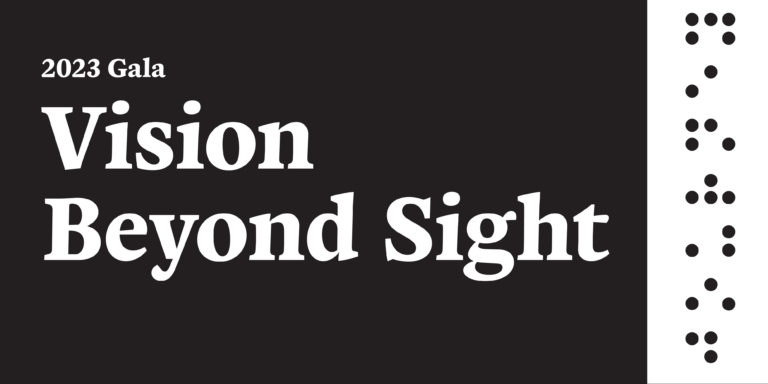As an electro-mechanical device, a refreshable braille display allows users to give input and receive output in this digital age via braille. Refreshable braille devices display the braille characters along a flat surface using raised dots. Typical braille devices have braille refreshable cells, numbering 14 up to 80 depending on the model, cursor routing keys above each braille cell, and a Perkins keyboard for input. Each braille device can offer various controls, applications, and functionality, allowing users to connect their devices to a computer or mobile device.
Discover the benefits
Resources for the blind have become an important tool in today’s modern world. The larger braille displays offer customer service representatives a quiet way to access customer information while on the phone, while computer programmers can use the display to edit their code. The smaller, more compact models allow students and professionals to take notes, send emails, and share documents quietly and efficiently. A braille device can offer beginning readers clear and crisp braille for easier recognition. Although braille displays should never replace paper braille as a tool for teaching braille, braille educators use paper braille and braille devices to reinforce braille students’ comprehension and accuracy.
Most portable braille devices give users three basic functions:
- as a notetaker
- a braille display
- a book reader
Basic braille devices
These displays can be connected as a peripheral device to a computer or mobile device via a USB cable or Bluetooth connection. The Mantis Q40 or the Chameleon 20 are examples of braille devices offering basic functions such as word processors, calculators, clocks, and book readers.
Devices with more functionality
However, other resources for the blind can offer more functionality, which in turn increases their cost. For example, the BrailleSense U2 Mini has a Windows-based operating system and contains familiar controls for Windows users, while the BrailleSense Polaris is Android-based and allows users to utilize Google applications.
Previously, refreshable braille displays cost thousands of dollars, if not tens of thousands. Their costs have decreased in recent years. A portable braille device can cost between $2,000 and $3,000.
However, as its name suggests, the smaller models, such as the Focus 14 Blue, only have 14 braille cells but cost a little over $1,000. The Orbit Reader 20 is one of the most affordable models on the market, priced at $599 today. It may only offer basic functionality on the device itself, but its capability to connect to other devices allows the user to interact with the world through braille.
As technology evolves, resources for the blind are growing to keep up with trends. Braille users have more options available than ever before. Technology has not rendered braille obsolete. Braille devices are providing more access for braille users. It’s an exciting time for technology, which includes refreshable braille devices.
Outlook Enrichment’s adaptive technology trainers can show you how to use refreshable braille devices. Call (531) 365-5314 to learn more.



